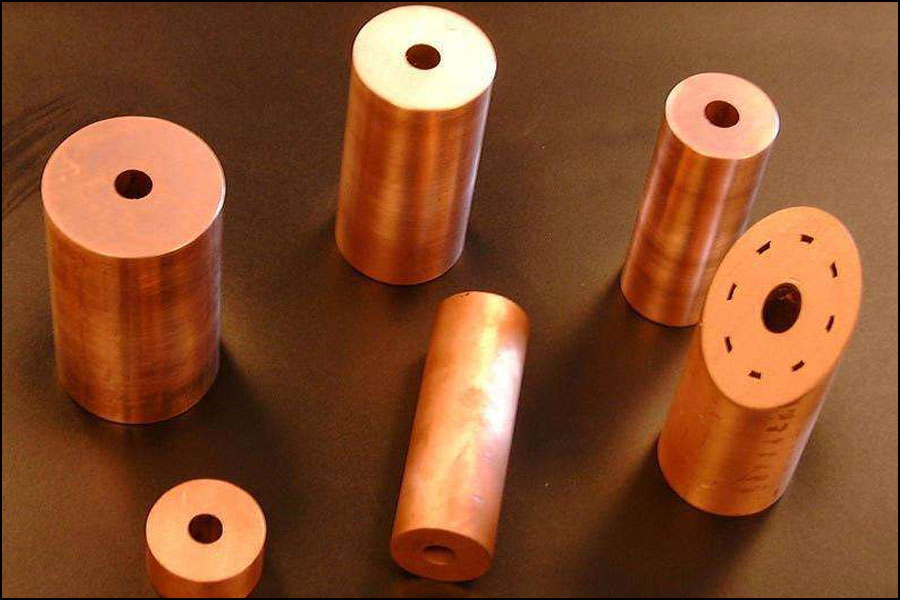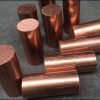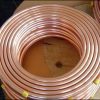
Red copper, or red copper, is not difficult to solder. The methods of welding red copper include gas welding, manual carbon arc welding, manual arc welding and manual argon arc welding. Automatic welding can also be used for large structures.
- 1. Gas welding of red copper: Butt joints are most commonly used for welding red copper, and lap joints and T-joints are used as little as possible. Two kinds of welding wires can be used for gas welding, one is the welding wire containing deoxidizing elements, such as wires 201 and 202; the other is the cut strip of common red copper wire and base metal, using gas agent 301 as the flux. Neutral flame should be used when gas welding red copper.
- 2. Manual arc welding of red copper: In manual arc welding, the copper electrode copper 107 is used, and the welding core is red copper (T2, T3). The edges of the welding area should be cleaned before welding. When the thickness of the weldment is greater than 4 mm, it must be preheated before welding. The preheating temperature is generally about 400~500℃. Welding with copper 107 electrode, the power supply should adopt DC reverse connection.
When welding, a short arc should be used, and the electrode should not swing laterally. The reciprocating linear motion of the welding rod can improve the shape of the weld. For long welds, the gradual desoldering method should be used. The welding speed should be as fast as possible. When multi-layer welding, the slag between the layers must be completely removed.
Welding should be carried out in a well-ventilated place to prevent copper poisoning. After welding, use a flat hammer to strike the weld to eliminate stress and improve the quality of the weld. - 3. Manual argon arc welding of red copper: In the manual argon arc welding of red copper, wire 201 (special red copper welding wire) and wire 202 are used, and red copper wire, such as T2, is also used. Before welding, the oxide film and oil on the welding edge of the workpiece and the surface of the welding wire must be cleaned up to avoid defects such as pores and slag inclusion. There are mechanical cleaning methods and chemical cleaning methods.
When the plate thickness of the butt joint is less than 3 mm, the groove shall not be provided; when the plate thickness is 3-10 mm, the groove shall be V-shaped and the groove angle shall be 60-70º; when the thickness of the plate is greater than 10 mm, the groove shall be X-shaped. The bevel angle is 60~70º; in order to avoid incomplete welding, blunt edges are generally not left. According to the plate thickness and groove size, the assembly gap of the butt joint is selected in the range of 0.5 to 1.5 mm. Manual argon arc welding of red copper usually adopts DC positive connection, that is, the tungsten electrode is connected to the negative electrode. In order to eliminate pores and ensure reliable fusion and penetration at the root of the weld, it is necessary to increase the welding speed, reduce the argon consumption, and preheat the weldment. When the plate thickness is less than 3 mm, the preheating temperature is 150~300℃; when the plate thickness is greater than 3 mm, the preheating temperature is 350~500℃. The preheating temperature should not be too high, otherwise the mechanical properties of the welded joint will be reduced. - 4. There is also carbon arc welding of red copper. The electrodes used in carbon arc welding are carbon electrodes and graphite electrodes. The welding wire used for carbon arc welding of red copper is the same as that of gas welding, and the base material can also be cut, and the flux for gas welding of red copper, such as gas flux 301.






